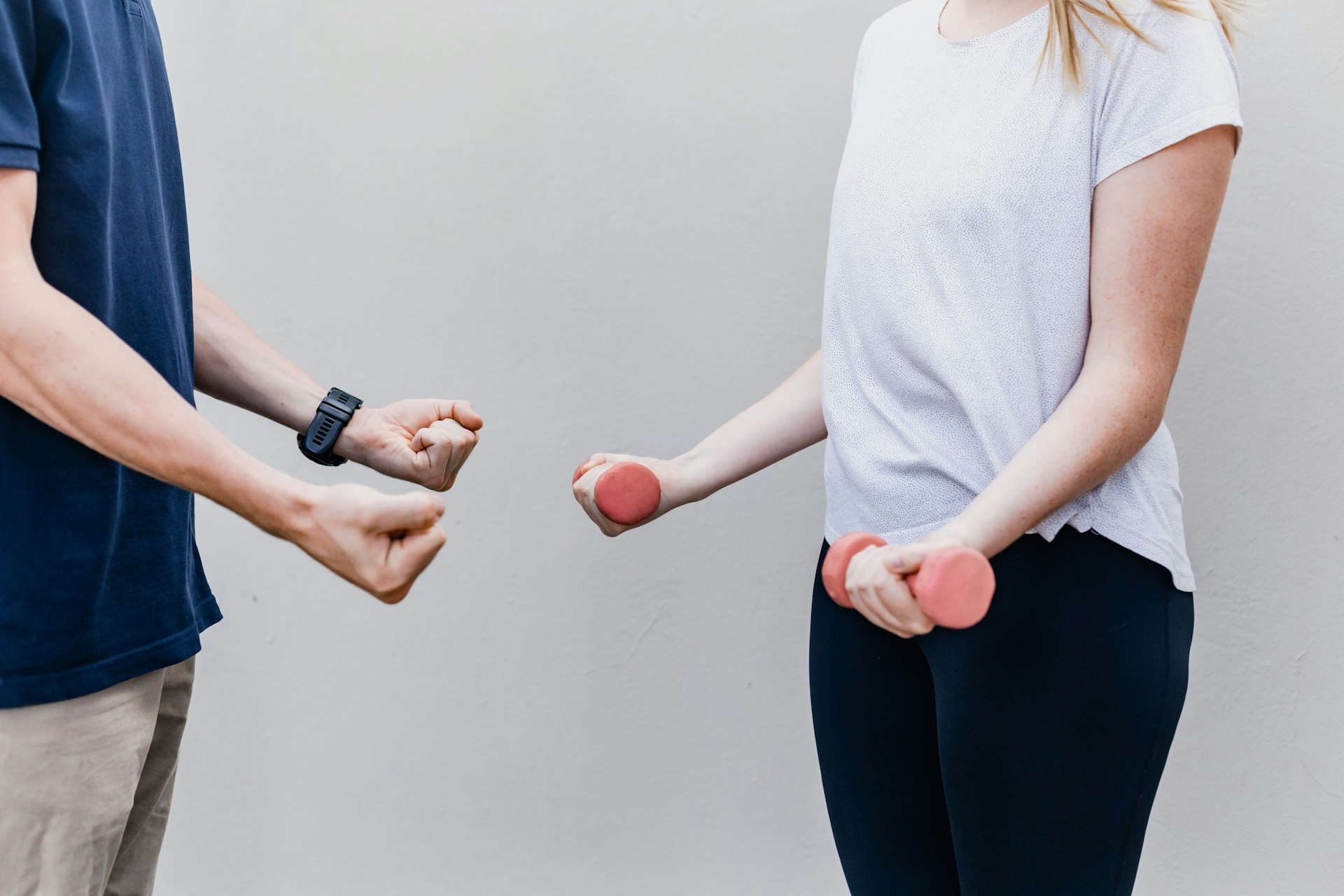Orthopedic Rehabilitation
Orthopedic Rehabilitation
Orthopedic rehabilitation within physiotherapy focuses on restoring function and mobility to individuals recovering from orthopedic injuries or surgeries, such as fractures, joint replacements, or ligament tears. Physiotherapists employ a combination of manual therapy techniques, therapeutic exercises, and modalities to address pain, swelling, and stiffness while promoting tissue healing and strength development. They tailor rehabilitation programs to each patient's specific needs, considering factors like age, fitness level, and the extent of the injury, with the ultimate goal of optimizing recovery and returning the individual to their pre-injury level of activity. Through targeted interventions and ongoing assessment, orthopedic rehabilitation in physiotherapy aims to improve functional outcomes, enhance quality of life, and minimize the risk of future injury or recurrence.

What types of exercises and therapies are commonly used in orthopedic rehabilitation programs?
Orthopedic rehabilitation programs often incorporate a variety of exercises and therapies tailored to address specific musculoskeletal issues and promote recovery. Common exercises include range of motion exercises to improve joint mobility, strengthening exercises to rebuild muscle strength around the affected area, and functional exercises to enhance coordination and balance. Therapists may also utilize manual therapy techniques such as joint mobilization, soft tissue mobilization, and massage to alleviate pain, reduce stiffness, and improve tissue flexibility. Additionally, modalities such as heat therapy, cold therapy, ultrasound, and electrical stimulation may be employed to manage pain, reduce inflammation, and promote tissue healing. The combination of these exercises and therapies aims to restore function, improve mobility, and optimize overall recovery following orthopedic injuries or surgeries.
How long does orthopedic rehabilitation usually take, and what factors influence the duration of recovery?
The duration of orthopedic rehabilitation can vary widely depending on several factors, including the type and severity of the injury or condition, the individual's overall health and fitness level, adherence to the rehabilitation program, and any complications that may arise during the recovery process. In general, orthopedic rehabilitation may last anywhere from several weeks to several months, and sometimes longer for more complex cases. Factors influencing the duration of recovery include the extent of tissue damage, the success of surgical interventions if applicable, the presence of underlying medical conditions, and the effectiveness of the rehabilitation program in addressing specific functional goals. Additionally, factors such as age, nutrition, and overall lifestyle habits can also impact the rate of recovery. A comprehensive assessment by a physiotherapist, ongoing monitoring of progress, and adjustments to the rehabilitation plan as needed are essential for optimizing recovery and achieving successful outcomes.
